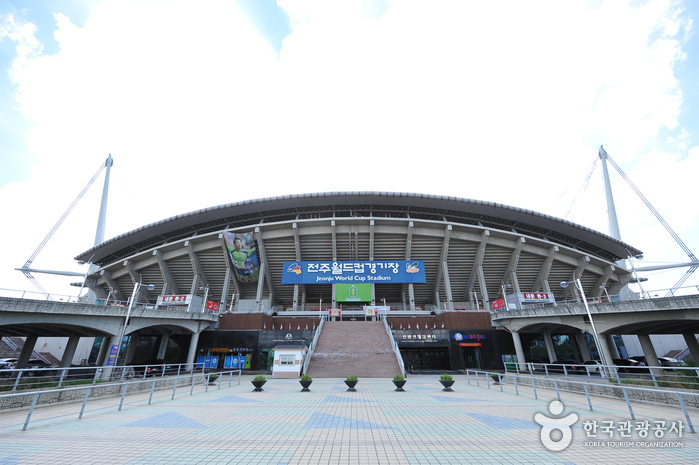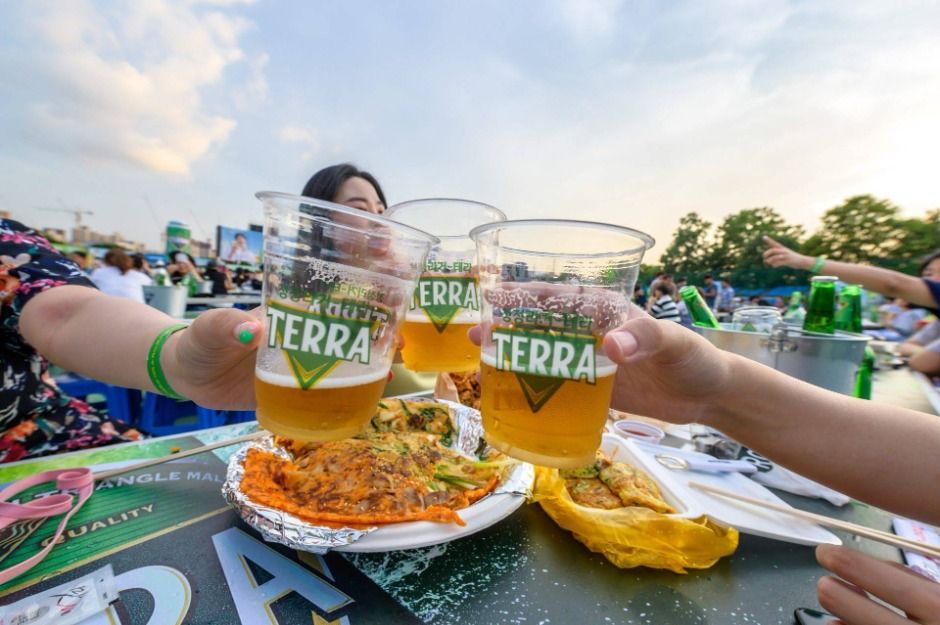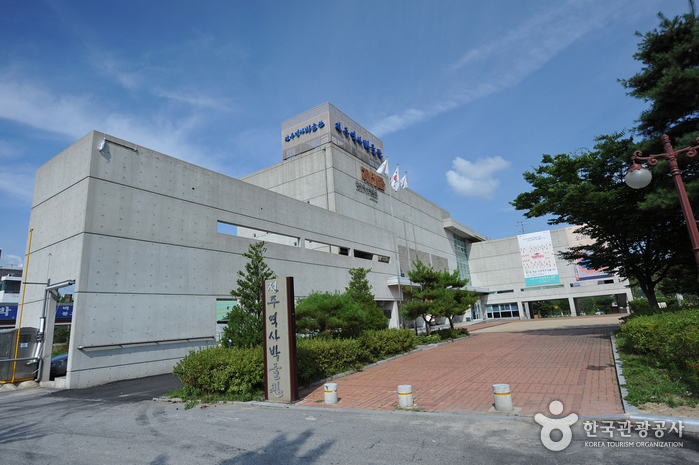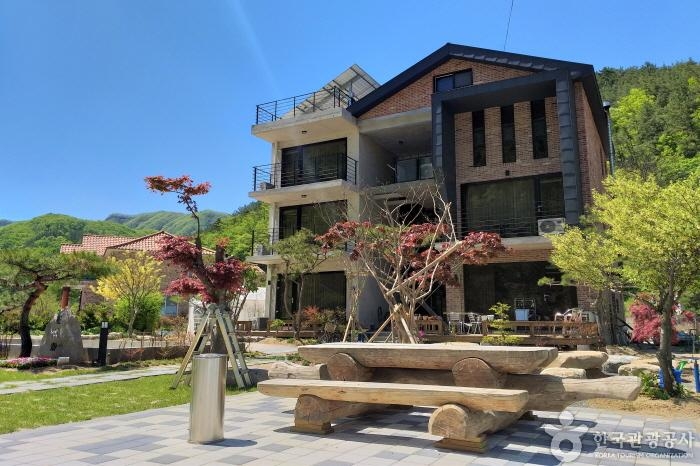Olive Young - Jeonju Samcheon Branch [Tax Refund Shop] (올리브영 전주삼천점)
16.3Km 2024-06-27
1F, 46, Yongni-ro, Wansan-gu, Jeonju-si, Jeonbuk-do
-
Olive Young - Jeonju Pyeonghwa Branch [Tax Refund Shop] (올리브영 전주평화점)
16.3Km 2024-06-27
#106, 4680, Moak-ro, Wansan-gu, Jeonju-si, Jeonbuk-do
-
Jeonju World Cup Stadium (전주월드컵경기장)
16.3Km 2024-04-07
1055, Girin-daero, Deokjin-gu, Jeonju-si, Jeonbuk-do
+82-63-239-2546
The Jeonju World Cup Stadium was built with tradition in mind as its roof and stands are designed with an image of traditional fan, the pillars in sotdae design and cables in 12 strings of gayageum.
Olive Young - Jeonju Univ. Branch [Tax Refund Shop] (올리브영 전주대)
16.4Km 2024-04-19
1F, 6, Baengmasan-gil, Wansan-gu, Jeonju-si, Jeollabuk-do
-
Jeonju Gamaek Festival (전주 가맥축제)
16.6Km 2025-07-17
303 Cheonjam-ro, Wansan-gu, Jeonju-si, Jeonbuk-do
+82-70-8870-6870
The nation's only festival where one can taste Hite beer fresh out of the factory on the same day. Jeonju Gamaek Festival is a festival where the locals' favorite drinking bars and the Korean beer brand Hite collaborate to beat the summer heat and make an unforgettable evening with fresh, cold beer.
Uniqlo - Jeonju Hyoja Branch [Tax Refund Shop] (유니클로 전주효자점)
16.7Km 2024-04-22
1713, Kongjwipatjwi-ro, Wansan-gu, Jeonju-si, Jeollabuk-do
-
Korea Expressway Corporation Arboretum (한국도로공사 전주수목원)
17.2Km 2025-07-22
462-45 Beonyeong-ro, Deokjin-gu, Jeonju-si, Jeonbuk-do
The Korea Expressway Corporation Arboretum is located in Jeonju and operated by Korea Expressway Corporation. The arboretum was opened to counterbalance the environmental damage caused by the construction of expressways. As such, the arboretum maintains and promotes the conservation of many beautiful flora from across the country.
Jeonju Museum of History (전주역사박물관)
17.5Km 2024-04-06
259, Ssukgogae-ro, Wansan-gu, Jeonju-si, Jeonbuk-do
+82-63-228-6485
The Jeonju History Museum exhibits the long and fascinating history of Korea. The museum is divided into different exhibits, providing visitors with cultural history with emphasis on Jeonju history.
Jeonju National Museum (국립전주박물관)
17.7Km 2024-04-07
249, Ssukgogae-ro, Wansan-gu, Jeonju-si, Jeonbuk-do
+82-63-223-5651
The Jeonju National Museum was established in 1990 as an institute for the research, preservation, and exhibition of Jeollabuk-do’s most prized cultural treasures. In November of 2002, a Social Educational Hall was opened as a creative educational space to provide visitors a place to experience traditional culture. The museum houses over 40,000 artifacts, a majority of which were excavated from the Jeollabuk-do area, and has on exhibit over 2,000 pieces spread throughout 4 exhibition halls and 1 outdoor exhibition hall. The museum also serves as a venue for numerous cultural activities and educational programs, providing visitors with the opportunity to gain a deeper understanding of Korea’s proud history.
Yeolimjae Pension (여림재펜션)
17.9Km 2024-12-13
96 , Jungnimpyeonbaek-gil, Wanju-gun, Jeonbuk-do
+82-10-8375-0258
Yeolimjae Pension is a newly built modern three-story pension located in Wanju, Jeollabuk-do. The pension has five guest rooms, ranging from couple rooms for two people to family rooms. Each room comes with a bathroom, a kitchen, and a private terrace. From the terrace, you can enjoy a cup of tea while taking in the mountain scenery. The garden includes an outdoor swimming pool and a picnic table adjacent to it. Be sure to check the availability of the barbecue area in advance since it differs from room to room. Nearby tourist attractions include Sanggwan Cypress Forest, Jeonju Hanok Village, and Ongnyeobong Peak Valley.


![Olive Young - Jeonju Univ. Branch [Tax Refund Shop] (올리브영 전주대)](http://tong.visitkorea.or.kr/cms/resource/85/2886385_image2_1.jpg)



 English
English
 한국어
한국어 日本語
日本語 中文(简体)
中文(简体) Deutsch
Deutsch Français
Français Español
Español Русский
Русский